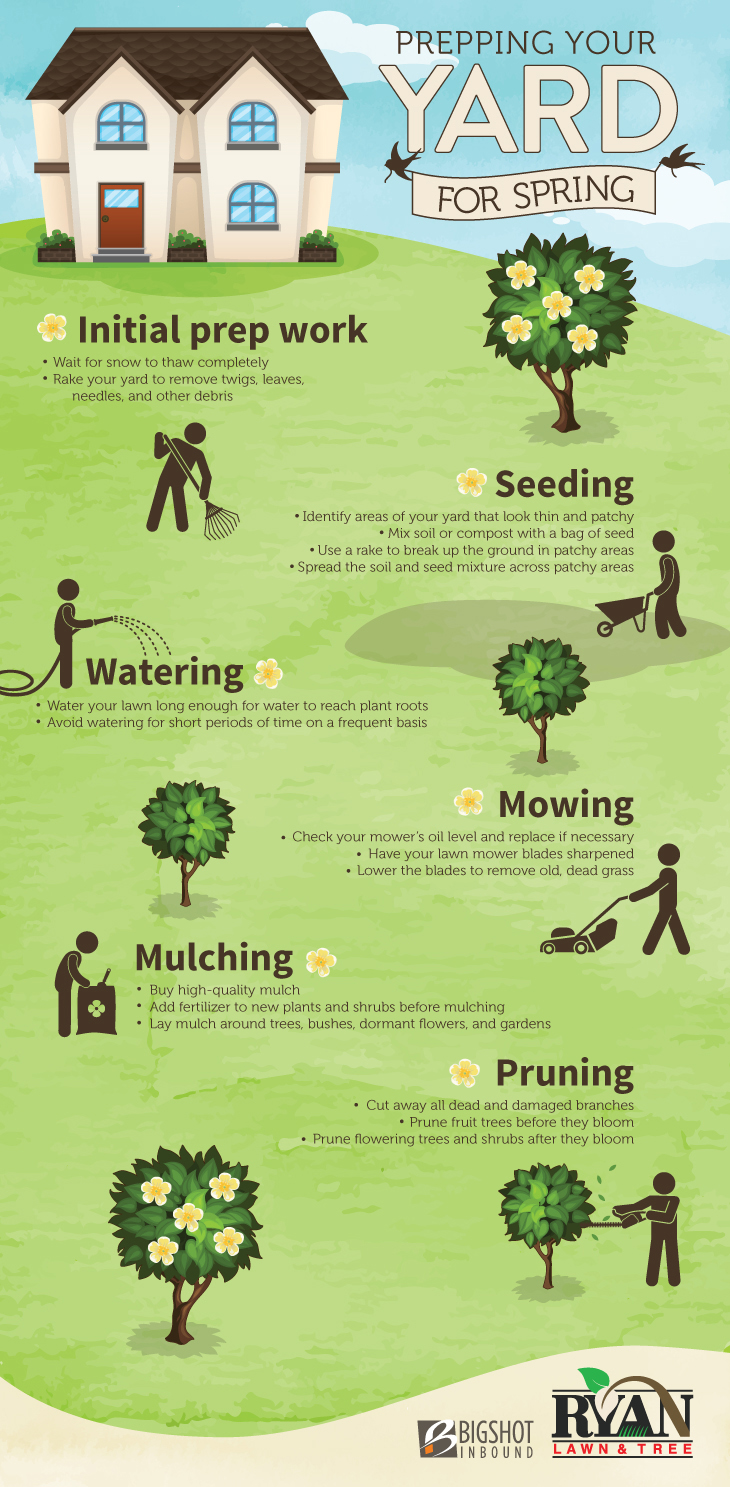Determine Vital Signals That May Suggest Your Tree Is Unsafe; Understanding These Can Help Guarantee The Safety And Security Of Your Residential Or Commercial Property And Loved Ones.What Should You Observe Following?
Determine Vital Signals That May Suggest Your Tree Is Unsafe; Understanding These Can Help Guarantee The Safety And Security Of Your Residential Or Commercial Property And Loved Ones.What Should You Observe Following?
Blog Article
Team Writer-Velling Connell
When it concerns tree treatment, identifying the indicators that it's time for removal is necessary for your safety and security and building. You may see blemished leaves, wilting branches, or odd fungal developments indicating health issue. Structural issues, like a significant lean or cracks in the trunk, can additionally pose risks. Comprehending these indication can aid you make notified decisions regarding your trees and protect against potential risks lurking in your yard. What should you search for next?
Signs of Decay and Illness
When you see signs of degeneration and condition in your trees, it's vital to act rapidly. Seek stained fallen leaves, wilting branches, or uncommon growths like fungus. These can indicate that your tree is having a hard time.
If you see fractures in the bark or soft, mushy wood, these symptoms recommend interior decay. Additionally, an abrupt boost in insects around your tree can signal that it's compromised and prone.
Check for any dead or passing away limbs, as they posture a threat to your building and safety and security. If you doubt regarding what you see, getting in touch with an arborist can provide quality.
Dealing with these indications early can conserve you from much more substantial damages and guarantee the wellness of your lawn. Do not wait until it's far too late.
Structural Instability and Leaning
As you observe your trees, watch out for any type of indicators of structural instability or leaning. If Large Tree Removal Near Me leans considerably, it might show that the root system is compromised.
Try to find any kind of splits in the trunk or dirt around the base; these can signal prospective failing. Additionally, check for unusual development patterns, like an unbalanced crown, which may suggest that the tree is battling to hold itself upright.
If you observe that the tree favors your home, high-voltage line, or other frameworks, it presents a greater danger. Don't disregard these signs-- consult an arborist to analyze the circumstance.
Taking action early can stop expensive damages and ensure your safety and security.
Dead or Dying Branches and Vegetation
If you notice dead or dying branches and foliage on your tree, it's a clear indication that something's wrong.
These harmful areas can show underlying issues like disease, parasite invasions, or environmental stress and anxiety. When branches shed their leaves or turn brown, they're no longer adding to the tree's health. Disregarding these indicators might cause more decline, making your tree much more unsafe.
Dead branches can quickly break short during storms, posing a threat to home and people close by. moved here to analyze the extent of the damage.
If the trouble impacts a substantial part of the tree, consider consulting a professional. They can assist figure out if removal is essential to make sure security and keep the elegance of your landscape.
Conclusion
If you observe any indicators of decay, structural instability, or dead branches on your trees, don't neglect them. These indications can present serious security risks to you and your building. It's always best to seek advice from a specialist arborist that can give a specialist evaluation of your trees. Taking action early can protect against crashes and costly damage, guaranteeing your landscape remains secure and healthy. Bear in mind, it's much better to be positive about tree care than to wait for a disaster to occur.
